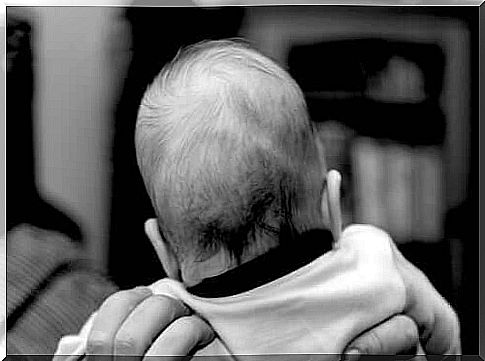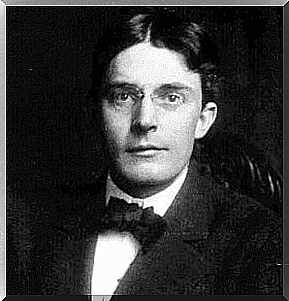Little Albert, The Lost Child Of Psychology

Little Albert’s story is one of the most confusing and controversial stories in psychology. Behind the experiment was the famous John B. Watson, who is considered the father of behavioralism in the psychological approach. In general, the experiment suggests that human behavior can be shaped by stimuli and reactions.
What behaviorism basically shows is that human behavior can be modified or “educated”. Unlike other schools of psychology, for behaviorists, the happiness of an elderly person living in China is exactly the same as the happiness of a baby living in Mexico, for example. It doesn’t matter what happens inside everyone, because the most important thing is observable behavior.
To test his hypothesis, John Watson relied on a series of different experiments. The most famous of these was 9-month-old baby little Albert. After the tests conducted by Watson, it was never known what the fate of this child who had been subjected to terror would have been. However, investigators were tasked with finding out what exactly had happened to little Albert, and in the course of their investigations, they came across many surprises.

An experiment commissioned by Little Albert
Before we tell Watson what happened, let’s briefly review what little Albert’s experiment really consisted of. According to what Watson had stated in his notes, the boy was in an orphanage. He was chosen for the experiment because of his nature, as in the face of external stimuli, little Albert was calm and somewhat even indifferent.
The purpose of Watson’s experiment was to expose the baby to various stimuli be it a monkey, a white rat, or burning paper, for example. When these creatures and objects were introduced to the baby, he was attentive, but basically emotionally indifferent to them. Little Albert expressed only some curiosity.
At a later stage, Watson introduced an additional stimulus to the experiment. Each time a white rat appeared in the room, Watson caused a noisy bang by hitting the hammer, which in turn frightened the baby. In this way, little Albert began to associate the voice with the rat, and after a while seeing the rat alone made him fear. Later, the baby’s fear also spread to rabbits and other furry animals.
What really happened to little Albert?
An experiment commissioned by Little Albert allowed Watson to prove that human behavior could be modified using a variety of stimuli. In his notes, he said the experiment ended when the boy was adopted into a new home. However, it was never known whether or not the fearful behavior after the experiment remained permanently in the child.
Over time, some scholars became interested in figuring out what the real fate of little Albert was. One of these scholars who was interested in finding the truth was psychologist Hall Beck. According to information from Watson’s notes, census, and other documents, he believed he had found the boy. In 2009, Beck published his conclusions.
In his conclusions, Beck stated that little Albert was in fact Douglas Merritte, a child who suffered from hydrocephalus, a congenital cerebrospinal fluid disorder, and died at only 6 years of age. Beck’s findings called Watson’s entire work into question and, moreover, gave his experiments more than a monstrous character. Watson would have used a disabled child to prove his theory of human conditioning.

Another hypothesis and many doubts
Another psychologist, Russell A. Powell of Grand McEwan University in Canada, questioned Beck’s conclusions. He also began his own research and in 2012 published his conclusions. According to Powell, little Albert was actually William Albert Barger, a perfectly normal child who grew up healthy and died at the age of 88, feeling a certain kind of aversion to animals.
Both Beck’s and Powell’s hypotheses are very reasonable, but not quite conclusive. To complement these conclusions, in June 2014, researcher Tom Bartlett published a new article in which he concluded that both children, both Merritte and Barger, had participated in Watson’s experiment.
In essence, that theme refers to a heated debate about the validity of this school of psychology, or behaviorism, which has been heavily criticized for its reductionism. Added to this debate is a certain aversion to John Watson, as the man was fired when he divorced his wife to marry Rosalie Rayner, an assistant student.
John Watson was fired and his academic degree was revoked. With Rayner, Watson had two children, whom they raised under the perspective of strict behaviorism. As they grew up, both children tried to take their own lives, and the older of the children, William, succeeded. In the 1950s, all of Watson’s Titles were restored, but the man had already focused his interest on another focus: advertising.









